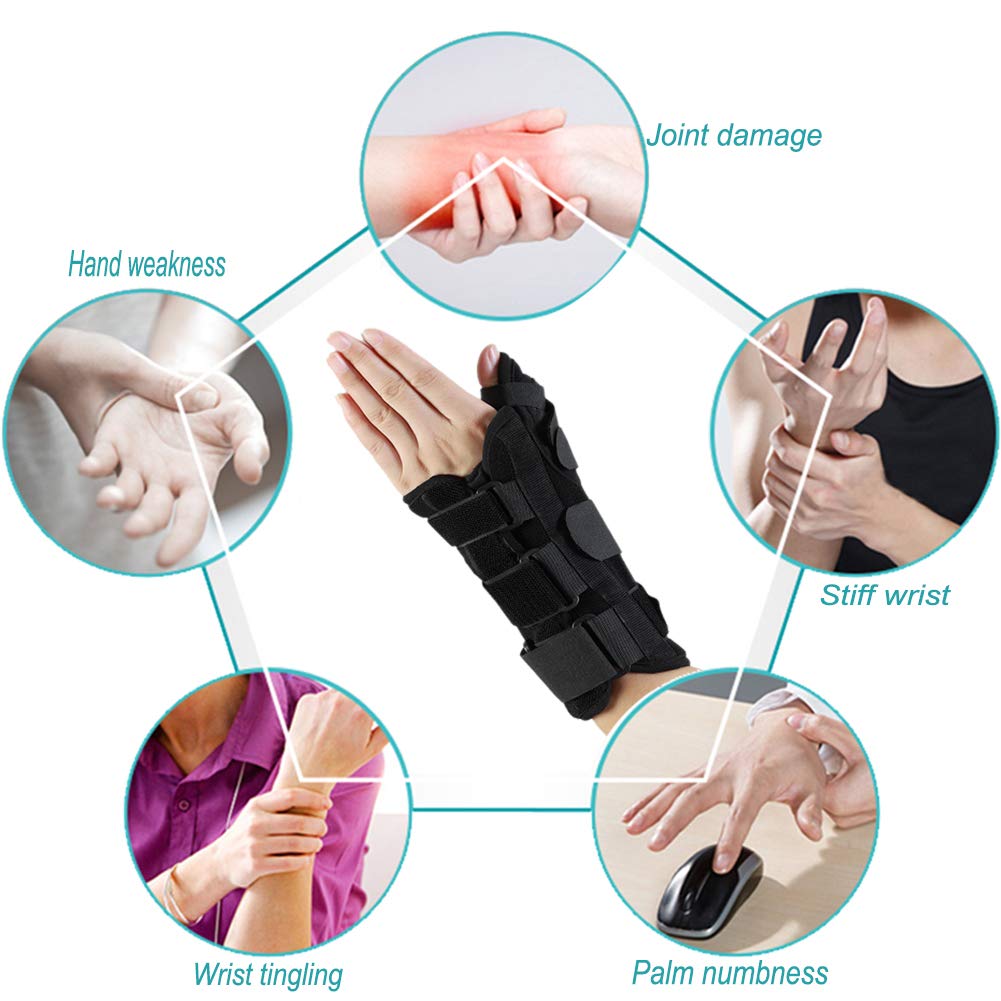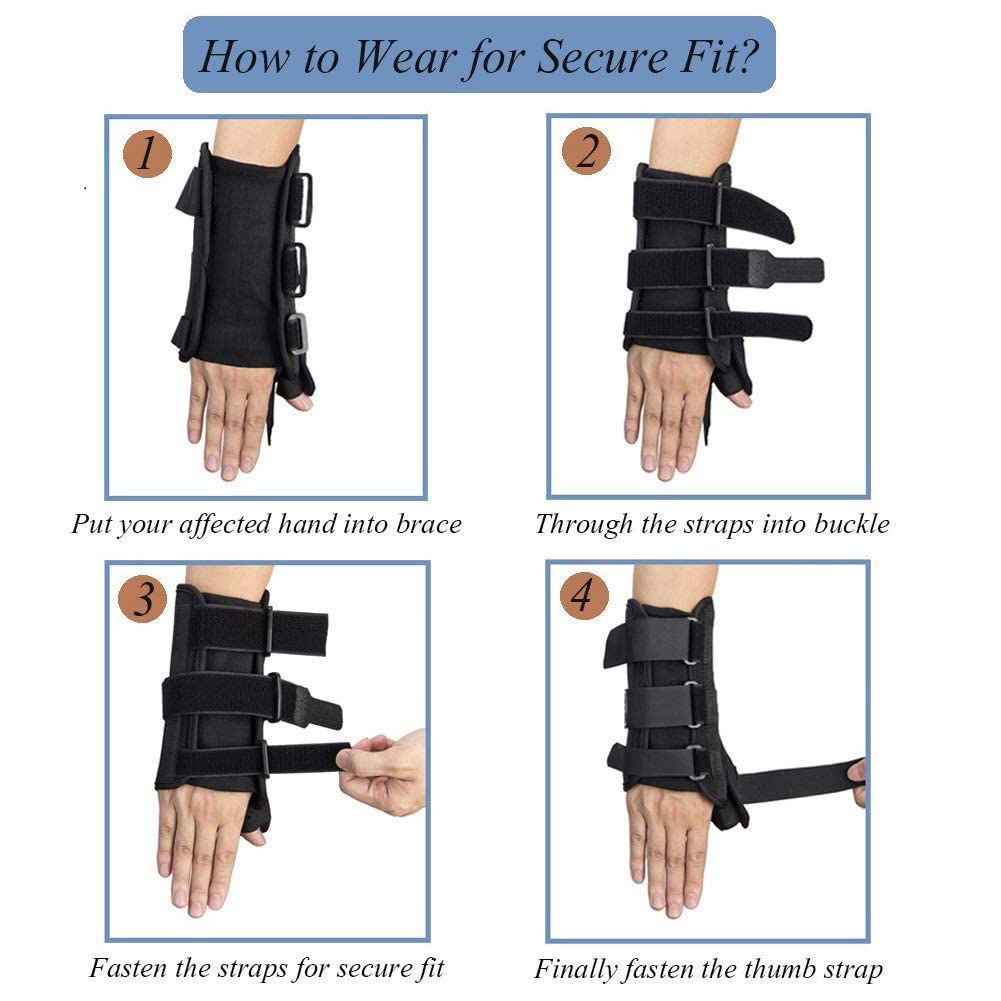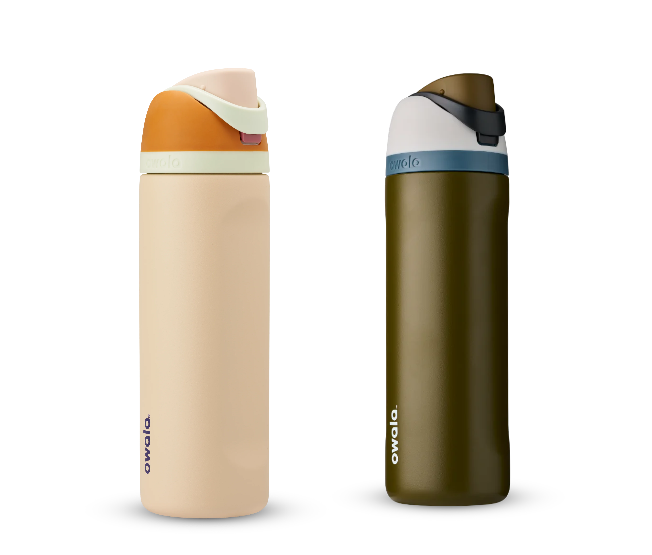Thumb injuries can be both painful and debilitating, affecting our ability to perform even the simplest tasks. Fortunately, medical advancements have led to the development of a solution that can aid in the recovery process – the thumb spica splint. Whether you’re dealing with a sprain, fracture, or other thumb-related injuries, a thumb spica splint can play a pivotal role in supporting your healing journey. In this comprehensive guide, we will delve into the world of thumb spica splints, exploring their benefits, usage, and practical tips for a speedy recovery.
Table of Contents
Understanding Thumb Spica Splints
A thumb spica splint is a specialized orthopedic device designed to immobilize the thumb and provide support to the surrounding structures. It resembles a cast and is typically used to treat various thumb injuries, such as fractures, sprains, and ligament tears. By limiting the movement of the thumb, the splint facilitates proper healing and prevents further damage.

Benefits of Using a Thumb Spica Splint
Immobilization
Immobilization is one of the key benefits of using a thumb spica splint. By restricting movement, the splint prevents excessive strain on the injured area, allowing it to heal more effectively.
Pain Relief
Thumb injuries can be incredibly painful, and the spica splint provides relief by reducing pressure on the injured structures. This can lead to decreased discomfort and a better overall healing experience.
Promotes Healing
A thumb spica splint promotes healing by creating a stable environment for the injured thumb. This stability encourages the body’s natural healing processes to work efficiently, leading to faster recovery times.
When is a Thumb Spica Splint Recommended?
Types of Injuries
Thumb spica splints are commonly recommended for a range of injuries, including:
- Fractures of the thumb bones
- Sprains of the thumb ligaments
- Tendon injuries
- Soft tissue injuries

Post-Surgical Recovery
After surgical procedures involving the thumb, such as ligament repairs or joint stabilization, a thumb spica splint may be prescribed to protect the surgical site and promote proper healing.
Proper Application and Usage
Applying a thumb spica splint correctly is essential for optimal results. Follow these steps:
- Clean the Area: Ensure the thumb and surrounding skin are clean and dry.
- Apply Padding: Place cotton padding around the thumb to prevent irritation.
- Secure the Splint: Gently wrap the splint around the thumb and forearm, ensuring a snug fit.
- Fasten with Straps: Use the attached straps to secure the splint in place.
- Check Circulation: Ensure the splint is not too tight, as this could impede blood circulation.

Maintaining and Caring for Your Splint
Cleaning and Hygiene
Regularly clean the splint to prevent odors and skin irritation. Use mild soap and water, and allow it to air dry completely before wearing it again.
Preventing Skin Irritation
To prevent skin irritation, consider wearing a thin cotton liner between the splint and your skin. If you notice any redness, itching, or discomfort, consult your healthcare provider.
Exercises for a Speedy Recovery

Gentle Range of Motion Exercises
Perform gentle exercises as recommended by your healthcare provider. These exercises promote blood circulation and prevent stiffness without putting excess strain on the healing thumb.
Strengthening Exercises
As your healing progresses, your healthcare provider may introduce strengthening exercises to help restore thumb function and improve overall hand strength.
Nutrition and Lifestyle Factors
Foods that Support Healing
A balanced diet rich in nutrients like calcium, vitamin D, and protein can accelerate the healing process. Incorporate foods like dairy products, leafy greens, lean meats, and nuts into your diet.
Lifestyle Habits for Recovery
- Stay hydrated to support tissue healing.
- Get adequate sleep to promote overall recovery.
- Avoid smoking, as it can impair healing and blood flow.

Consulting a Medical Professional
Seeking Expert Guidance
Always consult a healthcare provider before using a thumb spica splint. They can evaluate your injury, recommend the appropriate splint, and provide guidance on usage.
Monitoring Progress
Regularly follow up with your healthcare provider to monitor your progress. They can adjust your treatment plan as needed based on how well your injury is healing.
Conclusion
A thumb spica splint can significantly contribute to your recovery journey, allowing you to regain function and mobility while minimizing discomfort. By understanding the benefits, proper usage, and incorporating healthy practices, you can maximize the benefits of your thumb spica splint and speed up your recovery process. Remember, every healing journey is unique, so consulting your healthcare provider and following their guidance is crucial for a successful recovery. With the right support, dedication, and care, you’ll be well on your way to getting back in action with a healed thumb.
FAQs
Q1: What is a thumb spica splint, and when is it used? A1: A thumb spica splint is a specialized orthopedic device designed to immobilize and support the thumb and wrist. It’s commonly used to treat conditions like thumb sprains, fractures, tendonitis, and other thumb-related injuries.
Q2: How does a thumb spica splint aid in the recovery process? A2: A thumb spica splint helps by providing stability, reducing movement, and promoting proper healing of the injured area. It prevents further strain on the thumb and wrist, allowing tissues to heal without disruption.
Q3: Can I wear the thumb spica splint all the time? A3: Depending on your doctor’s recommendations, you may need to wear the splint consistently during the initial stages of recovery. However, your doctor might advise removing it occasionally to perform gentle exercises and maintain joint flexibility.
Q4: How should I care for my thumb spica splint? A4: It’s important to keep the splint clean and dry. Avoid submerging it in water. Use a damp cloth to gently clean the splint if needed. Follow any specific care instructions provided by your healthcare provider.
Q5: Can I perform activities with the thumb spica splint on? A5: Certain activities may be restricted while wearing the splint. Avoid any activities that could strain or worsen the injury. Your doctor will guide you on which activities are safe to perform while wearing the splint.
Q6: How long should I wear the thumb spica splint? A6: The duration of wear depends on the severity of your injury. Your healthcare provider will determine the appropriate length of time for wearing the splint. Follow their instructions closely for optimal recovery.
Q7: Can I remove the splint if I feel discomfort? A7: If you experience discomfort, pain, or any unusual sensations while wearing the splint, contact your healthcare provider before removing it. They will assess your condition and provide guidance on whether it’s safe to remove the splint temporarily.
Q8: Will I need physical therapy alongside using the thumb spica splint? A8: Your doctor might recommend physical therapy to aid in your recovery process. Physical therapy can help improve joint mobility, strengthen surrounding muscles, and ensure a more complete recovery.
Q9: What signs indicate a problem with my thumb spica splint or recovery? A9: If you notice any increased pain, swelling, numbness, tingling, or discoloration in your thumb or wrist while wearing the splint, consult your healthcare provider immediately.
Q10: When should I follow up with my doctor after using the thumb spica splint? A10: Follow the follow-up schedule recommended by your healthcare provider. Regular check-ups are crucial to monitor your progress and ensure that your recovery is on track.
Remember, these FAQs are meant to provide general guidance. Always consult your healthcare provider for personalized advice and recommendations based on your specific condition.
Click here for more such blog posts.




